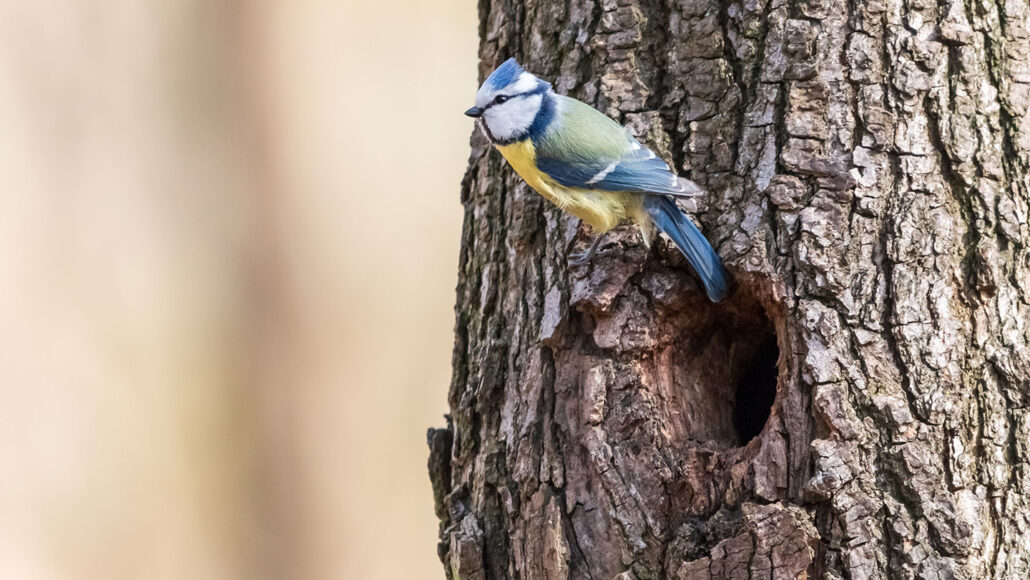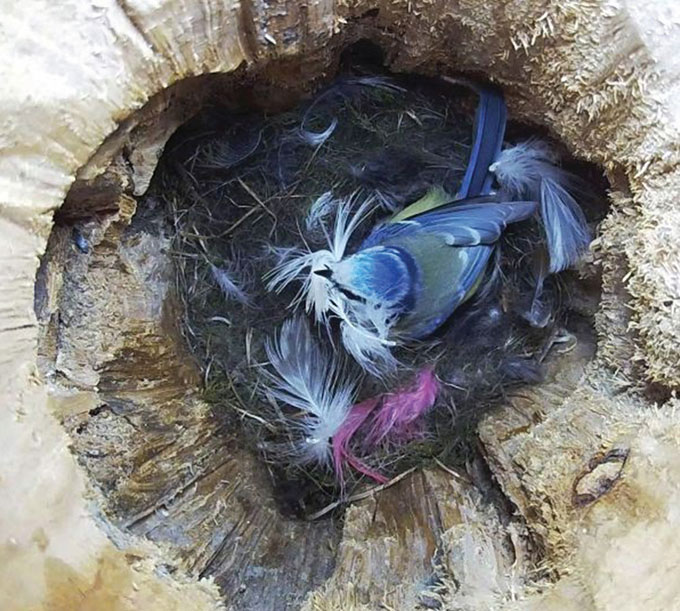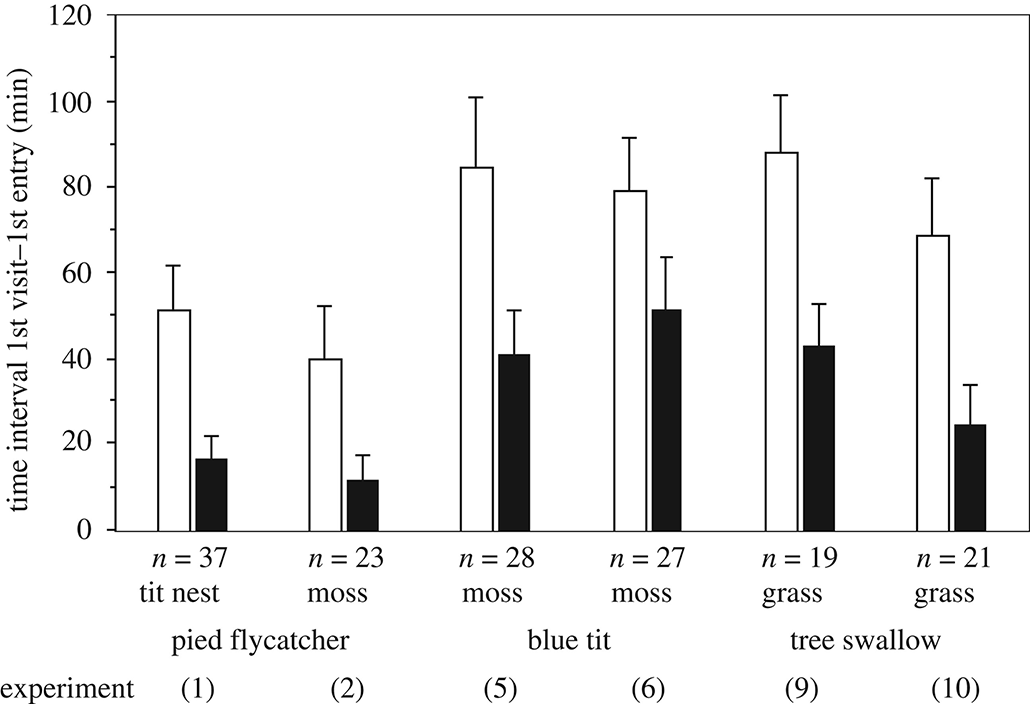behavior: The way something, often a person or other organism, acts towards others, or conducts itself.
behavioral ecologist: A scientist who studies how animal behavior relates to where animals live.
colleague: Someone who works with another; a co-worker or team member.
ecologist: A scientist who works in a branch of biology that deals with the relations of organisms to one another and to their physical surroundings.
ecosystem: A group of interacting living organisms — including microorganisms, plants and animals — and their physical environment within a particular climate. Examples include tropical reefs, rainforests, alpine meadows and polar tundra. The term can also be applied to elements that make up some an artificial environment, such as a company, classroom or the internet.
predator: (adjective: predatory) A creature that preys on other animals for most or all of its food.
range: The full extent or distribution of something. For instance, a plant or animal’s range is the area over which it naturally exists. (in math or for measurements) The extent to which values can vary (such as the highest to lowest temperatures). Also, the distance within which something can be reached or perceived.
species: A group of similar organisms capable of producing offspring that can survive and reproduce.










